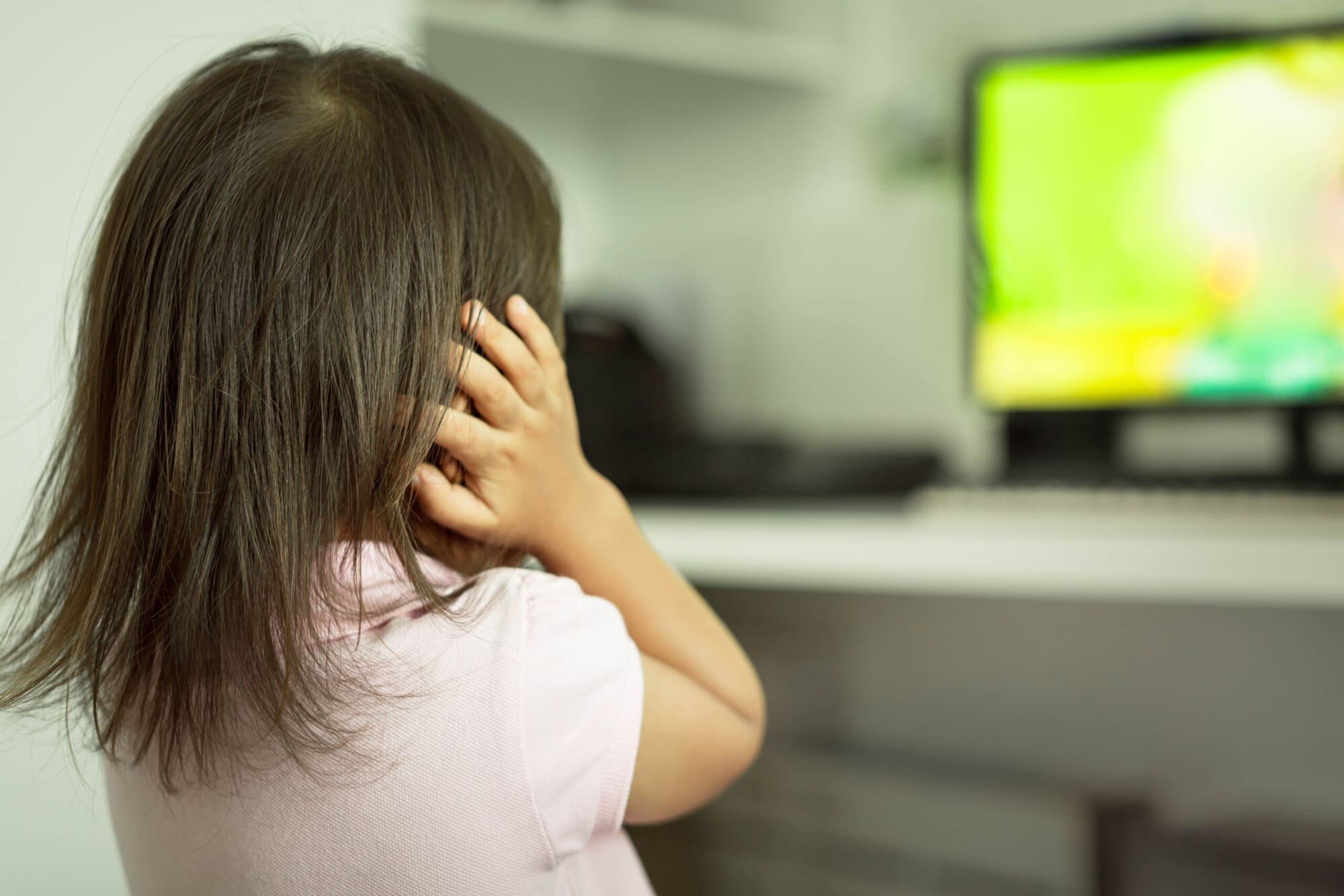Why Monsoon Season Can Be Overwhelming for Children With Autism Spectrum Disorder (ASD)
The monsoon season brings cooler weather and lush greenery, but for children on the autism spectrum, it can also lead to heightened discomfort and sensory overload.
According to Dr. Pradeep Mahajan, regenerative medicine researcher and founder of StemRx Hospital & Research Centre, many children with ASD experience increased anxiety during this time due to heightened sensory inputs like thunder, lightning, and even the smell of rain-soaked earth.

Understanding these monsoon-related sensory challenges can help parents create calm, supportive environments tailored to their child’s needs.
What Triggers Sensory Overload in Children With Autism?
Sensory overload occurs when the brain receives too much information from the environment at once. For a neurotypical person, the sound of rain or the scent of wet soil might be relaxing—but for someone with autism, these stimuli can become overwhelming.
Common Monsoon-Related Triggers
-
Loud thunder and the sound of heavy rain
-
Sudden lightning flashes
-
Wearing wet clothes or having damp skin
-
Unfamiliar smells, such as mud or musty surroundings
-
Changes in routine: staying indoors, delayed school, or no outdoor play
These triggers can present physically through crying, flapping hands, rocking, covering ears or eyes, or withdrawing into isolation.
The Role of Parents and Guardians During Monsoon
1. Prepare With Predictability
Children with autism thrive on routine. Sudden changes due to rainy weather can cause emotional distress. Parents should aim to maintain structured indoor routines and inform children in advance about deviations.
Tips:
-
Use visual aids, weather charts, or social stories to explain rain and thunder
-
Show videos or simple animations of rain beforehand to introduce the sounds and visuals
2. Create a Sensory-Friendly Home Environment
Dr. Mahajan emphasizes designing a calming space that feels comforting during sensory-heavy days.
Strategies to Reduce Sensory Stress:
-
Noise-cancelling headphones or earplugs
-
Dim lighting or soft ambient lamps
-
Soothing music or nature sounds
-
Favorite toys, blankets, or objects for tactile comfort
3. Add Indoor Sensory Activities
Even when outdoor play isn’t possible, engaging sensory-safe activities can help children self-regulate.
Great Indoor Options:
-
Soft-touch games like clay modeling or fabric play
-
Water play with temperature-controlled bowls
-
Gentle stretches or yoga for kids
These activities help children adhere to a routine, stay engaged, and avoid emotional meltdowns caused by overstimulation.
Advanced Therapies That Support Sensory Regulation
Dr. Mahajan also highlights StemRx regenerative therapies designed to help children improve their sensory processing and emotional regulation.
These Include:
-
Sensory Integration Therapy
-
Cellular and Brain Stimulation Therapies
-
Nutritional Interventions for Brain Health
-
Intonation Therapy to support speech and focus
With time, these therapies can enhance a child’s ability to cope with environmental changes and reduce their stress responses.
Final Thoughts: Patience, Planning & Empathy Are Key
Helping children with autism cope with monsoon changes isn’t about elimination—it’s about healthy adaptation. With thoughtful planning, understanding routines, and added therapeutic support, monsoon season can become a manageable—even positive—experience for children with ASD.
Dr. Mahajan’s Message:
“Patience, empathy, and consistency are crucial to helping children with ASD feel safe, secure, and confident—especially during sudden seasonal shifts.”